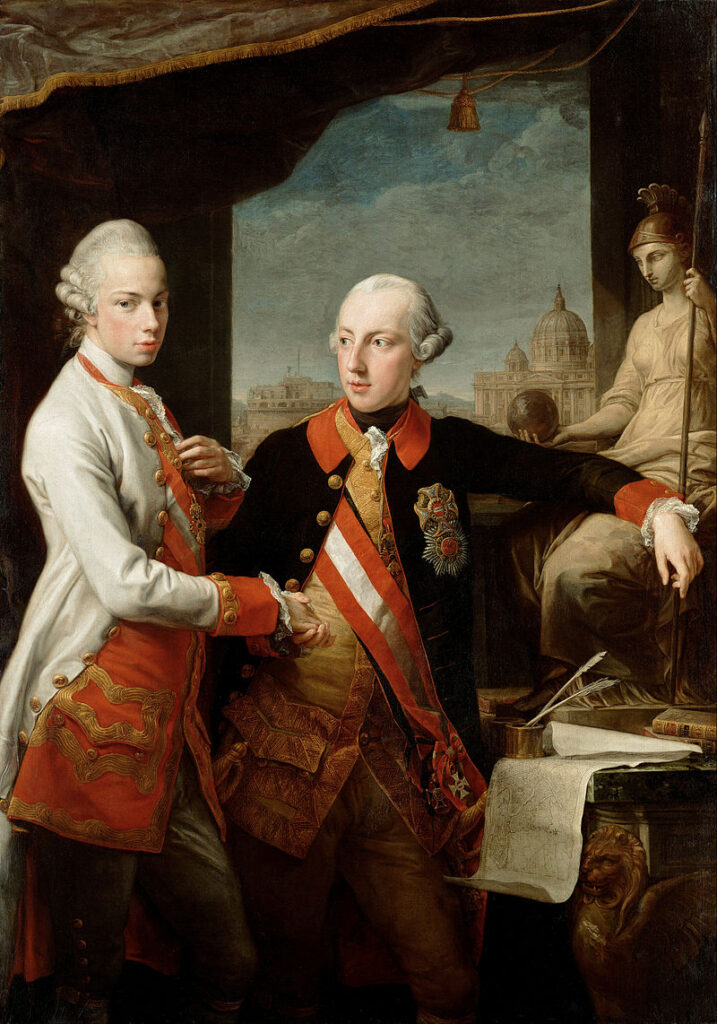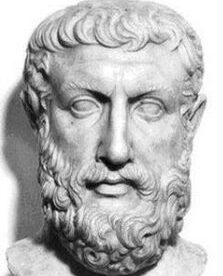
During much of the discussion surrounding the death penalty in Catholic circles, the history of the movement in favor of its abolition has gone relatively ignored. This is lamentable, considering the insight that can be garnered by a cursory investigation into the origins of this movement.
After outlining some earlier history about rulers who had temporarily banned this practice, we find the following in Wikipedia’s “Capital Punishment” article:1

What was so special about Leopold II? Well, he just so happened to be the same duke of Tuscany whose pernicious “Enlightenment” ideas heavily influenced the fathers of the Synod of Pistoia:2

One can read the condemnations made against this synod issued by Pope VI in his bull Auctorem Fidei, which can be found in English editions of Denzinger’s The Sources of Catholic Dogma, nos. 1501-1599 (new numbering: nos. 2601-2700).3 As Fr. Gregory Hesse referenced in his conference “Why Catholics May Doubt Whether Vatican II Was A Valid Council”,4 there are striking comparisons that can be made concerning the errors of this Synod and the Second Vatican pseudo-council. Namely, as is described in the opening of the bull, the fathers of this Synod used ambiguous language to mask their false doctrine:5
In order not to shock the ears of Catholics, the innovators sought to hide the subtleties of their tortuous maneuvers by the use of seemingly innocuous words such as would allow them to insinuate error into souls in the most gentle manner. Once the truth had been compromised, they could, by means of slight changes or additions in phraseology, distort the confession of the faith that is necessary for our salvation, and lead the faithful by subtle errors to their eternal damnation. This manner of dissimulating and lying is vicious, regardless of the circumstances under which it is used. For very good reasons it can never be tolerated in a synod of which the principal glory consists above all in teaching the truth with clarity and excluding all danger of error.
(Auctorem Fidei. “Introduction”)
This matter gets even more intriguing when one finds this sentence among the condemned errors:
The proposition asserting that “it would be against apostolic practice and the plans of God, unless easier ways were prepared for the people to unite their voice with that of the whole Church”; if understood to signify introducing of the use of popular language into the liturgical prayers—false, rash, disturbing to the order prescribed for the celebration of the mysteries, easily productive of many evils.
(Auctorem Fidei. §66)
Is this not essentially a condemnation of that bastard rite known as the New Mass?
Though it is true that there are variations of the New Mass said only in Latin, and that the use of the vernacular was not normalized as it is now when it was first introduced, the truth remains that the innovators behind the New Mass had the intention of forcing the use of the vernacular in its celebration.
In Sacrosanctum Councilium paragraph 36.2, we find the following:6
But since the use of the mother tongue, whether in the Mass, the administration of the sacraments, or other parts of the liturgy, frequently may be of great advantage to the people, the limits of its employment may be extended. This will apply in the first place to the readings and directives, and to some of the prayers and chants, according to the regulations on this matter to be laid down separately in subsequent chapters.
(Sacrosanctum Councilium. §36.2)
Though in the previous sentence this same Vatican II document states that the Latin language ought to be preserved in the liturgy, evidently the witness of history tells us that this was not followed and rather that greater weight was given to the above quoted proposition. Furthermore, as this proposition implies that the vernacular should be introduced into the liturgical prayers, therefore it is at odds with the condemnation of Auctorem Fidei. It has been illustrated, then, that the Liberal errors of this Synod of Pistoia were predecessors of certain Modernist errors. In addition, the connection between Grand Duke Leopold II’s abolition of the death penalty and his promotion of the Synod of Pistoia is no accident, since both these actions were motivated by his Liberal attitudes and views.
Along this line of reasoning, and considering the fact that the tradition of the Church has spoken in favor of the death penalty, the opinion that this penalty ought to be abolished is a modernist error.
- “Capital Punishment.” Wikipedia. https://en.wikipedia.org/wiki/Capital_punishment#Enlightenment_philosophy.
- “Synod of Pistoia.” Wikipedia. https://en.wikipedia.org/wiki/Synod_of_Pistoia.
- Heinrich Denzinger. The Sources of Catholic Dogma. https://patristica.net/denzinger/#n1500.
- Fr. Gregory Hesse. “Why Catholics May Doubt Whether Vatican II Was A Valid Council.” https://archive.org/details/FatherHesse/Fr.+Hesse+-+Why+Catholics+May+Doubt+Whether+Vatican+II+Was+a+Valid+Council+(Remastered).mp3.
- Pius VI. Auctorem Fidei. (August 28, 1794). Trans. by Novus Ordo Watch. p. 4.
https://novusordowatch.org/wp-content/uploads/piusvi-auctorem-fidei.pdf.
- Sacrosanctum Councilium. §36.2. https://www.vatican.va/archive/hist_councils/ii_vatican_council/documents/vat-ii_const_19631204_sacrosanctum-concilium_en.html.
